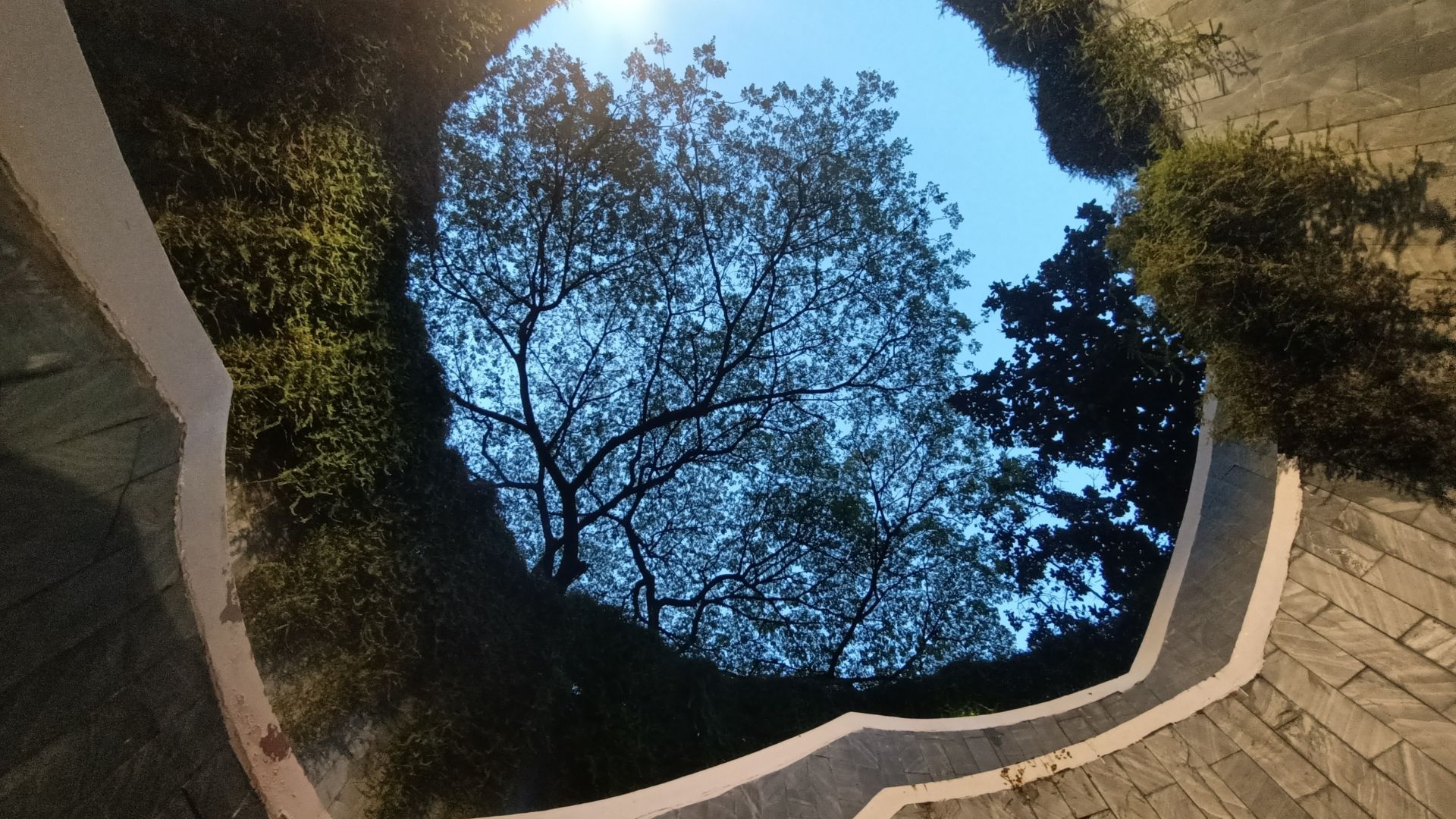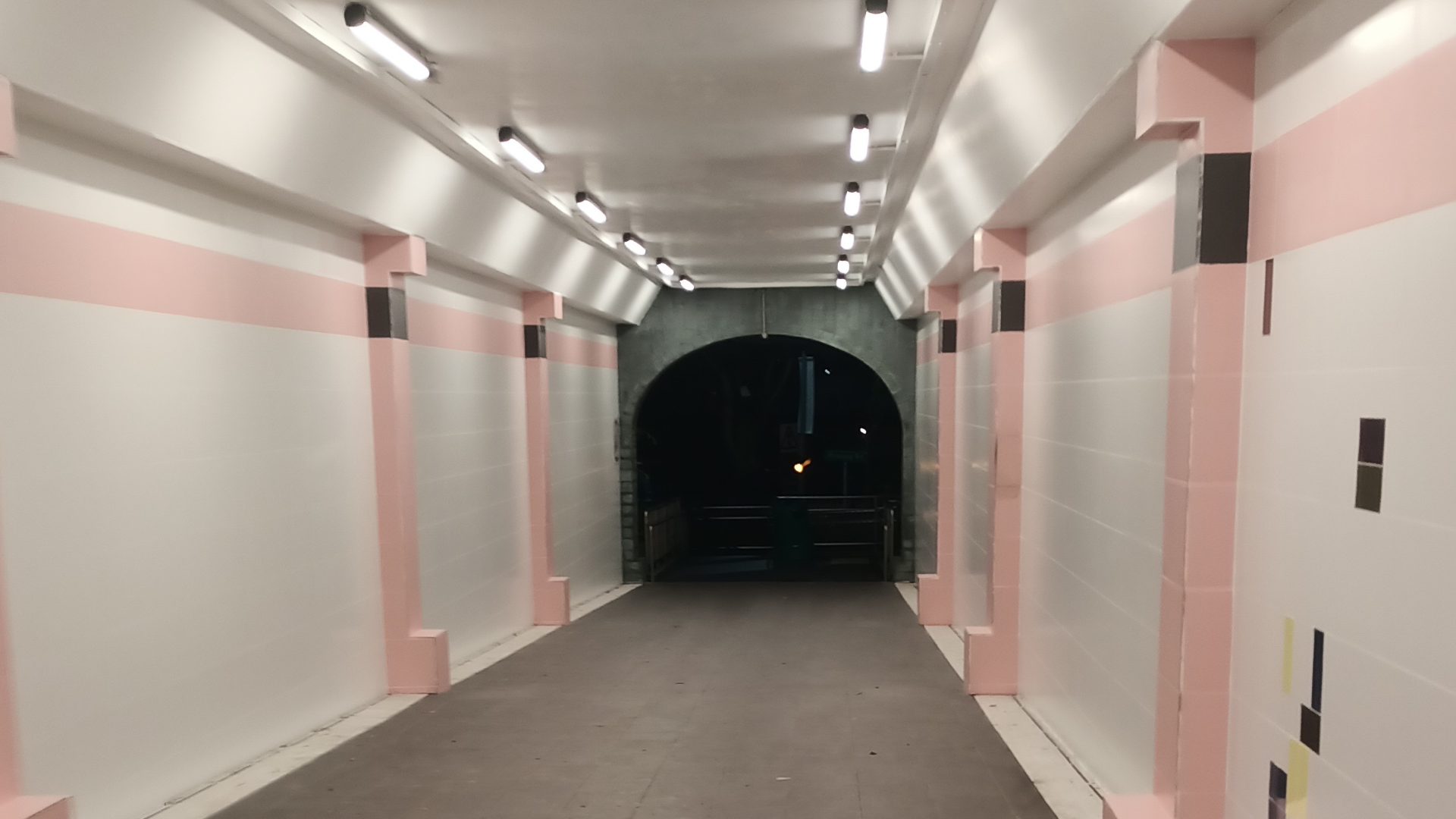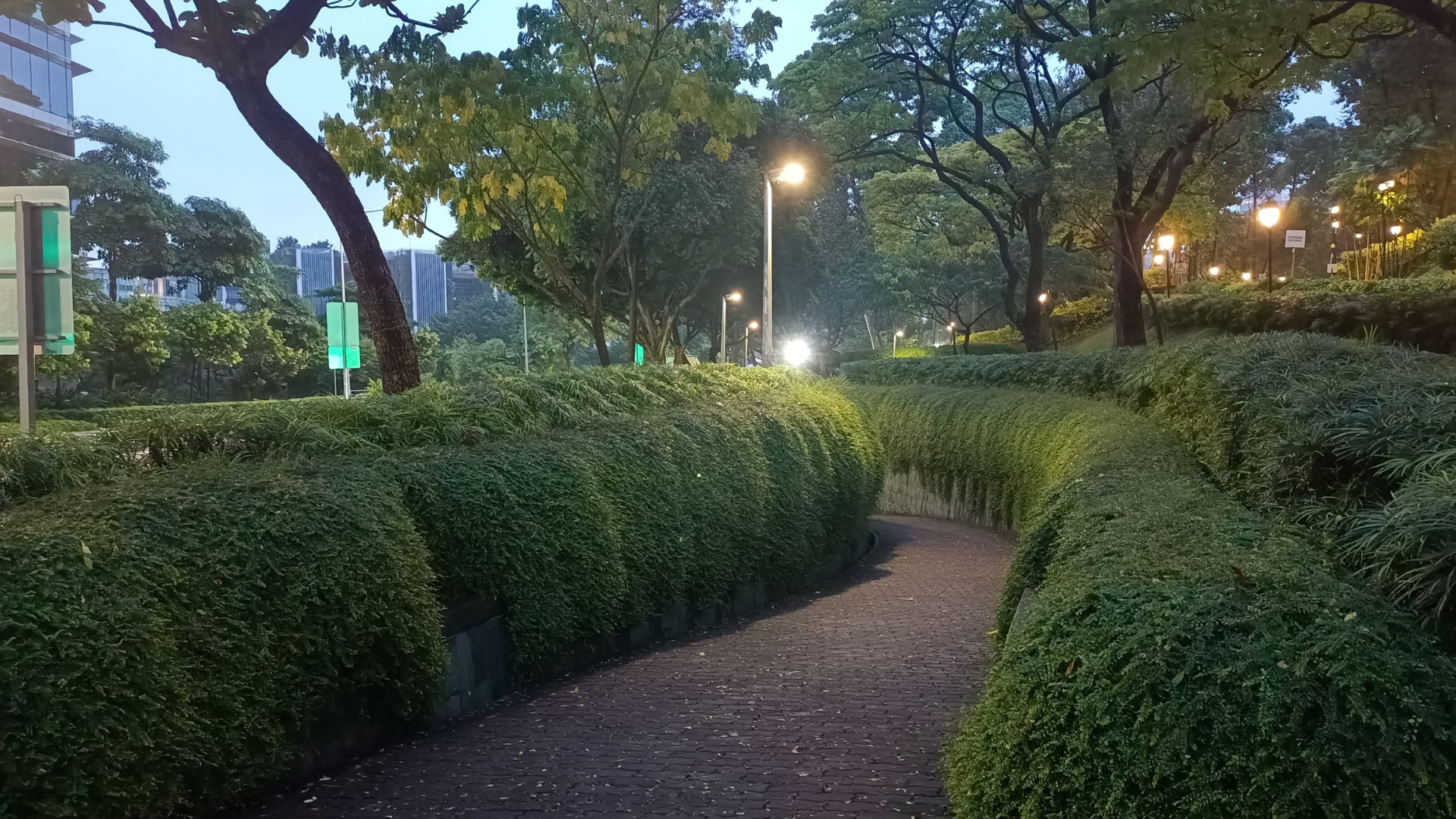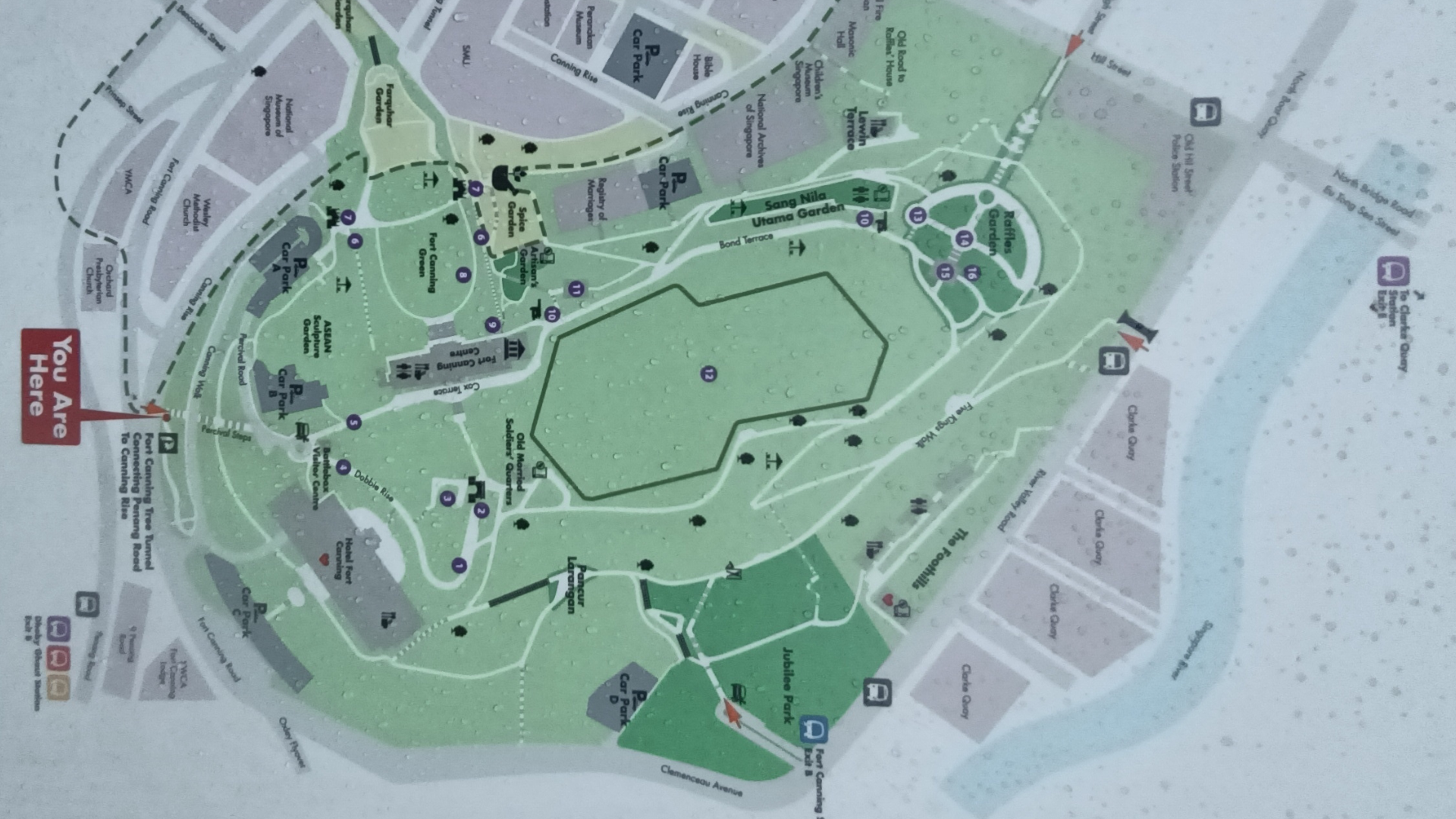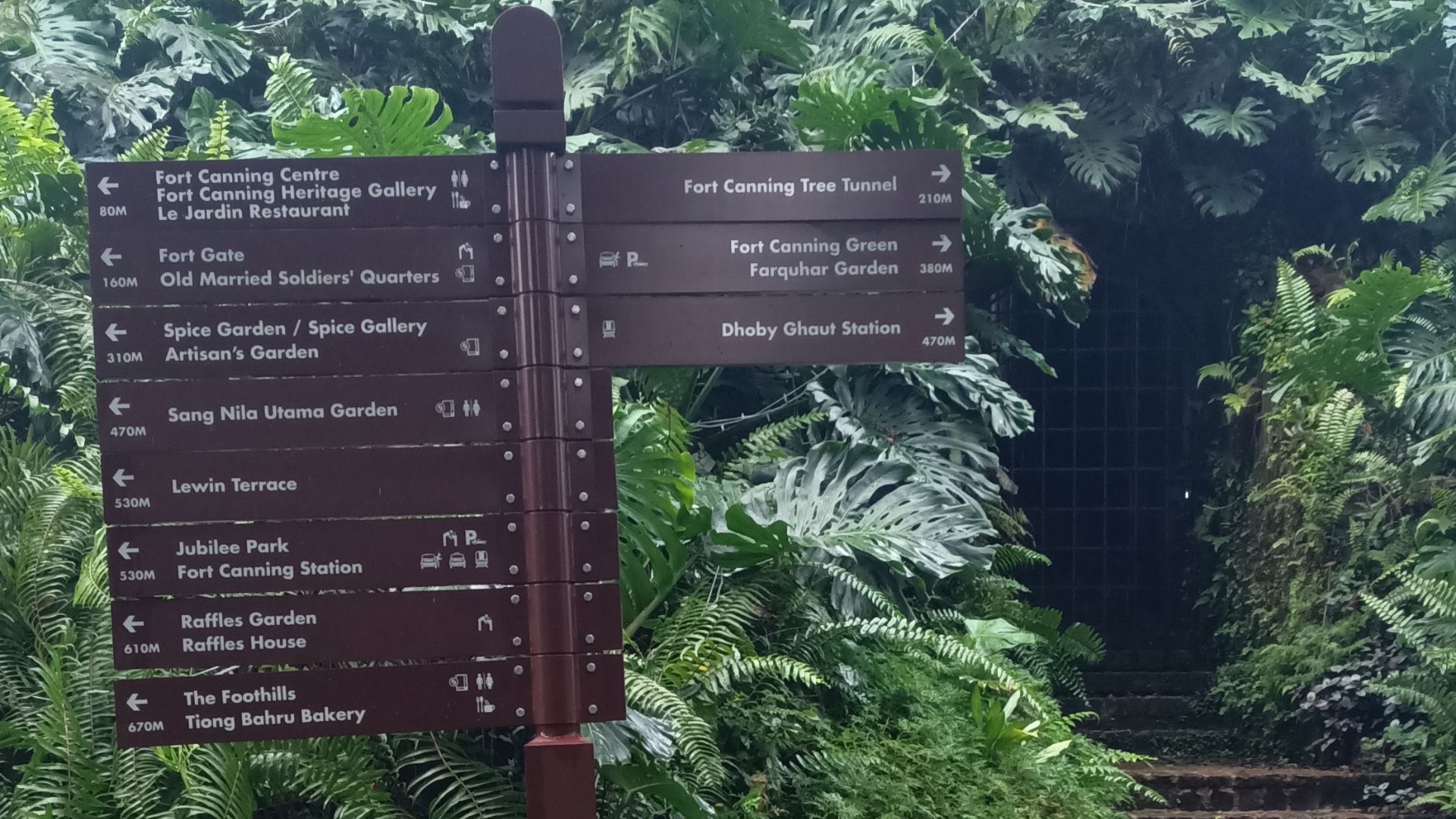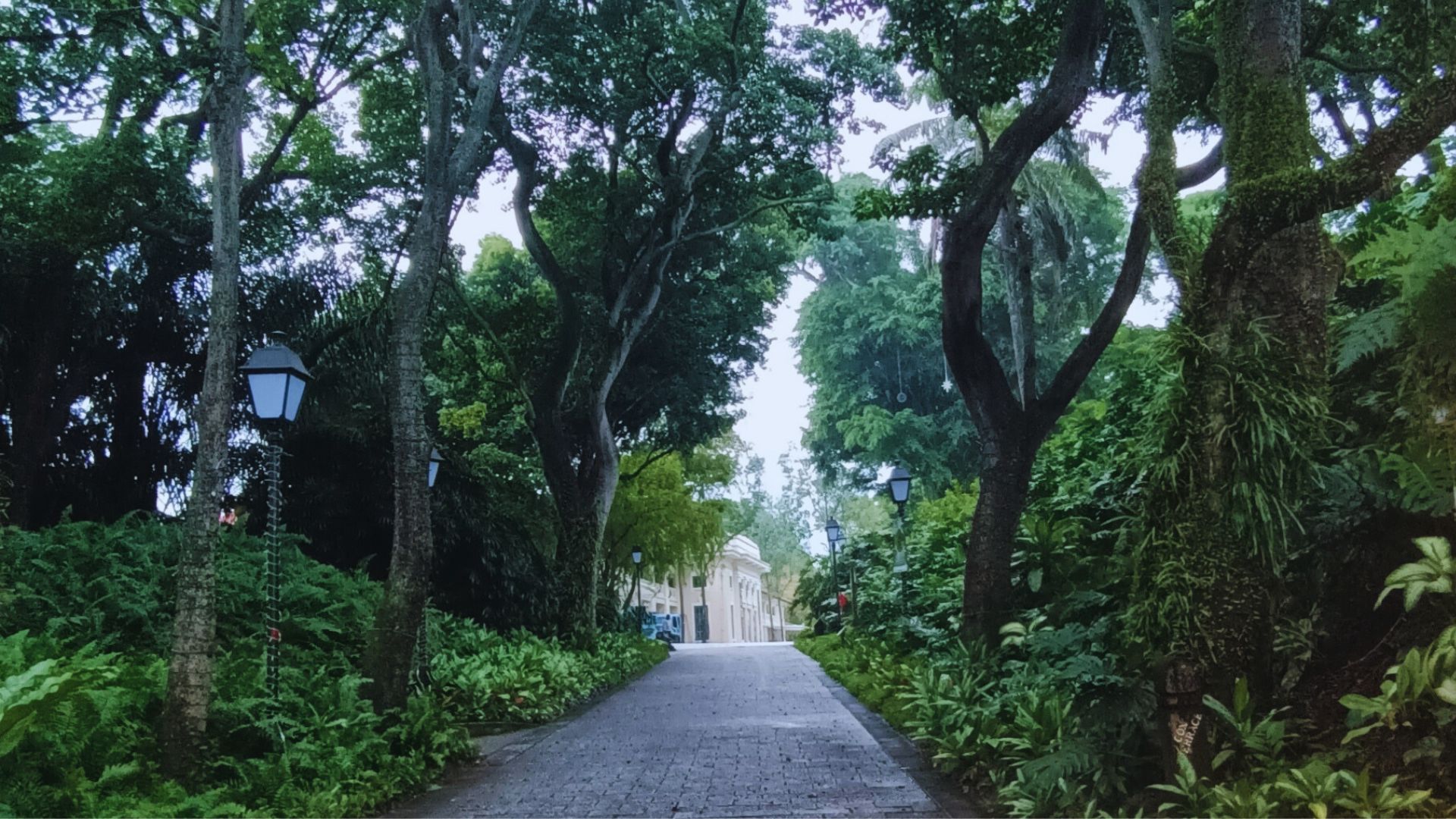
- Bhanuka
- Travel
- Hits: 97
Exploring Fort Canning Tunnel, Singapore: A Hidden Gem for Photographers
- Bhanuka
- Travel
- Hits: 97
Our Morning Walk to Fort Canning Tunnel, Singapore
During our Christmas 2024 tour in Singapore, we decided to visit one of the city’s most photogenic and Instagram-famous spots: the Fort Canning Tunnel. With social media buzzing about its scenic beauty, especially among photographers, vloggers, and Instagram influencers, we were eager to see it for ourselves.
We started our journey at around 5:30 AM, walking from our hotel through the quiet streets of Singapore. Being a lazy holiday morning, most shops were still closed and the city was just beginning to stir. The peaceful, early-hour atmosphere made it a perfect time to explore.
After a quick tea and breakfast at a nearby Indian restaurant, we set off on foot toward the tunnel, a manageable 25-30 minute walk from our hotel.
What is Fort Canning Tunnel?
The Fort Canning Tunnel is a short vehicular tunnel located beneath the historic Fort Canning Hill, connecting Stamford Road and Handy Road. While it serves a practical transportation function, what makes it truly special is the iconic spiral staircase and tree canopy that frames the tunnel’s entrance on the Fort Canning Park side.
This section, often referred to as the “Instagram Tree Tunnel” or simply the “Fort Canning Spiral Staircase,” has become a must-visit spot for content creators. Its unique design creates a surreal, fairytale-like composition, especially when photographed from below looking up through the spiraling staircase into the green canopy.
A Brief History of Fort Canning Hill
Bukit Larangan – The Forbidden Hill
Long before modern Singapore emerged, Fort Canning Hill was known as "Bukit Larangan", which translates to "Forbidden Hill" in Malay. It earned this name due to its sacred status among the ancient Malays. The hill is believed to have been the site of royal palaces and burial grounds of Malay kings who ruled the region before the arrival of the British. Archaeological findings, such as 14th-century artifacts and ancient Javanese inscriptions, have confirmed the hill's royal legacy and cultural importance in pre-colonial Singapore.
Colonial Fort and Strategic Military Base
With the arrival of Sir Stamford Raffles in the early 19th century, Fort Canning Hill’s role shifted dramatically. Recognizing its strategic position overlooking the Singapore River, the British transformed the hill into a military stronghold. In 1859, Fort Canning Fort was constructed to serve as a key defense post, complete with artillery batteries, barracks, and command posts.
During World War II, the hill took on even greater significance. The underground Battlebox bunker, located within Fort Canning, became the headquarters of the British Malaya Command. It was from here that the decision to surrender Singapore to the Japanese was made in 1942—marking a pivotal moment in the island's wartime history.
Fort Canning Today : A Green Urban Retreat
In the decades that followed, the hill was gradually transformed into Fort Canning Park, a beautifully landscaped public space that pays homage to its storied past. Today, visitors can explore:
- Colonial-era structures like Fort Gate and the flagstaff
- Sculpted gardens such as the Sang Nila Utama Garden, inspired by Javanese design
- Historical landmarks, archaeological dig sites, and educational trails.
- The Battlebox museum, which offers a fascinating look into Singapore’s WWII history
Blending lush greenery, heritage, and culture, Fort Canning Hill stands as a serene escape in the heart of the bustling city—making the journey to the Fort Canning Tunnel even more memorable.
Why is Fort Canning Tunnel So Famous on Instagram?
The Perfect Blend of Nature and Architecture
If you've ever scrolled through travel influencers’ Instagram feeds or watched dreamy Singapore vlogs, you've likely seen the iconic spiral staircase at Fort Canning Tunnel. It’s become one of the most Instagrammable places in Singapore, drawing in everyone from professional photographers to casual sightseers. But what exactly makes this spot so visually captivating?
A Surreal Urban Escape
Tucked beneath the lush canopy of Fort Canning Park, the spiral staircase offers a visual that feels both cinematic and serene. As you stand at the base and look up, you're met with a perfectly rounded opening framed by green vines, old stone walls, and the sprawling branches of a majestic tree overhead. It’s a magical blend of urban design meeting tropical nature—and the result is simply breathtaking.
Natural Lighting that Elevates Every Shot
One of the most striking elements is the natural light that pours through the circular opening. As the sunlight filters down through the trees, it bathes the spiral walls in a soft, diffused glow. This creates a dramatic contrast between light and shadow, giving photos an atmospheric, almost ethereal quality that needs little to no editing.
Architectural Symmetry that Draws the Eye
From a photographic perspective, the geometric symmetry of the staircase is irresistible. The curves guide the viewer’s eye upward, creating a sense of depth and movement in each shot. Whether you're using a smartphone or a DSLR, the spiral naturally frames your subject—be it a person, a tree, or just the sky itself—into a striking composition.
Changing Moods with the Seasons
Another reason this spot is so loved is that it changes character with the weather and time of day. On a sunny morning, the foliage glows bright green. On a rainy afternoon, raindrops glisten on the stone, and the overcast sky gives the scene a moody, mysterious feel. No two photos taken here look exactly the same, making it endlessly re-grammable.
An Early Morning Photographer’s Paradise
Because of its growing popularity, the Fort Canning Tunnel spiral staircase can get quite crowded—especially later in the day. We chose to visit early, around 5:30 AM, and it was the perfect decision. The peaceful surroundings and empty staircase gave us the freedom to experiment with angles and enjoy the quiet charm of the place. If you’re hoping for that iconic shot without photobombers, early morning is definitely the best time to visit.
Tips for Visiting and Photographing Fort Canning Tunnel
How to Get There:
- Nearest MRT Station: Dhoby Ghaut or Clarke Quay
- Walk to Fort Canning Park and head toward the tree-tunnel side of the park.
- Look for signs pointing to the spiral staircase or follow other early-morning photographers!
- Best Time to Visit
- Early morning (before 7 AM) for soft light and fewer crowds.
- Golden hour (around sunset) for warmer tones but expect more people.
Photography Tips:
Use a wide-angle lens or your phone’s ultrawide mode to capture the full spiral.
A tripod or selfie stick helps if you're solo.
Look up from the base of the stairs to get the iconic shot.
Other Things to Explore Around Fort Canning Park
After snapping your photos, take time to explore the rest of Fort Canning Park, including:
- Raffles Terrace and Fort Gate
- Archaeological Dig Site
- Spice Garden and Sang Nila Utama Garden
- Battlebox Museum – a WWII command center
- You can easily spend a few hours walking the trails and enjoying the lush greenery and historical landmarks.
Is Fort Canning Tunnel Worth Visiting?
Absolutely! Whether you're a content creator, a history buff, or just someone looking for a beautiful morning walk in Singapore, Fort Canning Tunnel offers a unique blend of charm, history, and photogenic appeal. It’s more than just a social media trend—it’s a place that captures Singapore’s harmony between heritage and modern design.
So grab your camera, set your alarm early, and don’t miss this iconic spot on your next visit to Singapore!

